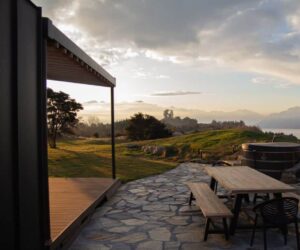Stars of the North
Andrew.Parks
Thu, 10/03/2024 – 10:11
Stars of the North is a new travel guide series where we ask some of our favorite Minnesotans what they like to see, eat, drink and do throughout the state. Watch this space for new stories every month, and revealing looks at not just the very best restaurants, stores, museums and trails, but all the artists, chefs, authors and brilliant human beings who make the Star of the North so special.
Minnesota United goalie Dayne St. Clair

Minnesota United FC goalie Dayne St. Clair
/ Credit: Liam James
Dayne St. Clair’s Favorite Restaurants
“One of my pleasant surprises after moving here was the amount of quality restaurants in the [Twin] Cities”
Diane’s Place chef/owner Diane Moua
/ Credit: Tim Gruber
Diane Moua’s Guide to International Food
Everything from a sports bar that serves fantastic Hmong food to all the “freaking good” French pastries

Carrie Tollefson competes in the Twin Cities Marathon
/ Twin Cities in Motion
Carrie Tollefson’s Favorite Places to Run and Unwind
“I love running here because I can go right out my door to so many different places”

Molly Yeh on the Food Network show “Girl Meets Farm”
Molly Yeh’s Favorite Places to Eat, Shop and Get Outside
“Living here has been as inspiring as I’d dreamt it would be”
02
03
04
Get help from the experts to plan your trip
Want to know the best spots in Minnesota? How about tips on how to make the most of your time in a specific city? Our Minnesota experts can answer your questions, offer advice, or plan the perfect Minnesota trip for you. For free.
Topic
Line illustration
1
yellow-star
all-other
1
Short







